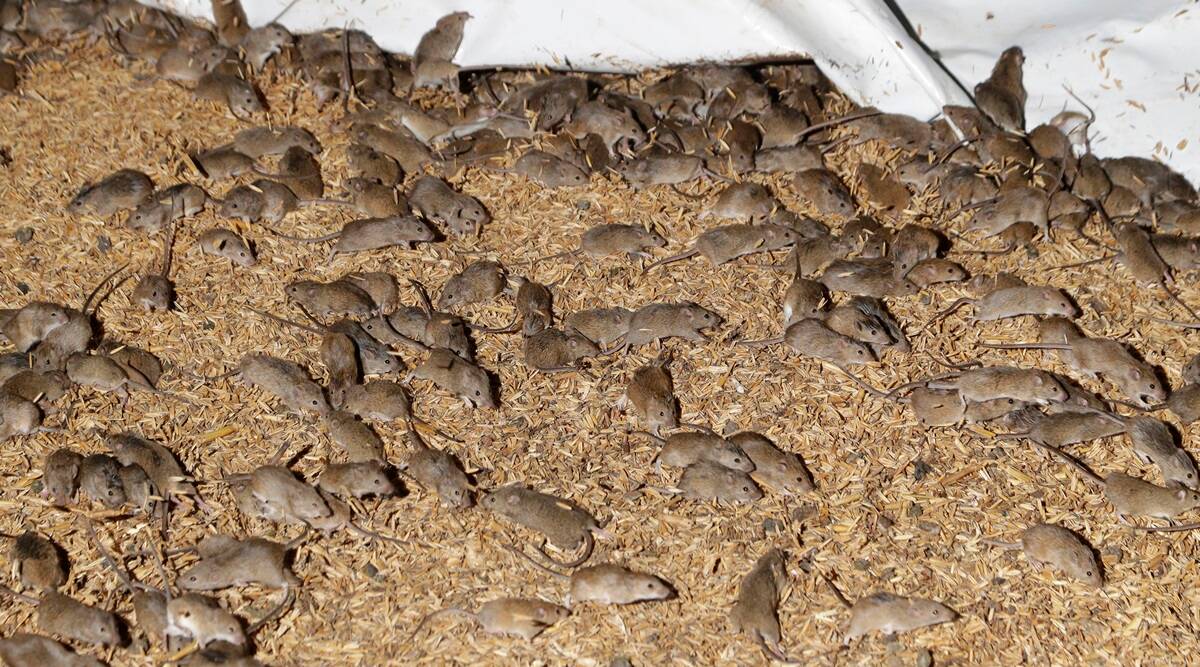



In order to battle the after-effects of the mouse plague, officials of New South Wales have pledged $100 million. This is because farmers have claimed to have lost around $1 billion worth of crops, and grain growers are worried about winter damage. This relief package was announced by NSW Deputy Premier John Barilaro and Agriculture Minister Adam Marshall. They have decided to provide farm owners with a $10,000 debate or they can choose to claim 50 per cent – on zinc phosphide baits.
Peak body the NSW Farmers Association has welcomed the announcement as an important first step to battle the mouse plague. The Agriculture Minister, Deputy Premier and the Premier have listened and acted. It’s common sense to support the use of an immediately available chemical that carries fewer secondary poisoning and environmental risks than alternatives. Mr Martin called for the rebates to be made available immediately so farmers could control mouse numbers before spring.
The government officials are working to ensure that there is a consistent supply of zinc phosphide available in the country for the killing of the mouse. This is done by providing $5 million to assist with the costs of transporting it to Australia. The officials are also making sure zinc phosphide baits produced as part of this arrangement are earmarked for sale to NSW producers first. The state government has also put forward a $50 million support package, of which the approval of bromadiolone is a key plank.
The mouse plague has been caused by a “perfect storm” of optimal weather conditions for breeding and the end of the 2017 to 2019 drought. The mice first appeared in the spring of 2020 when farmers were harvesting a bumper crop. There was plenty of grain in the paddocks and in storage for the mice to eat, as well as fewer predators, which died during the drought.